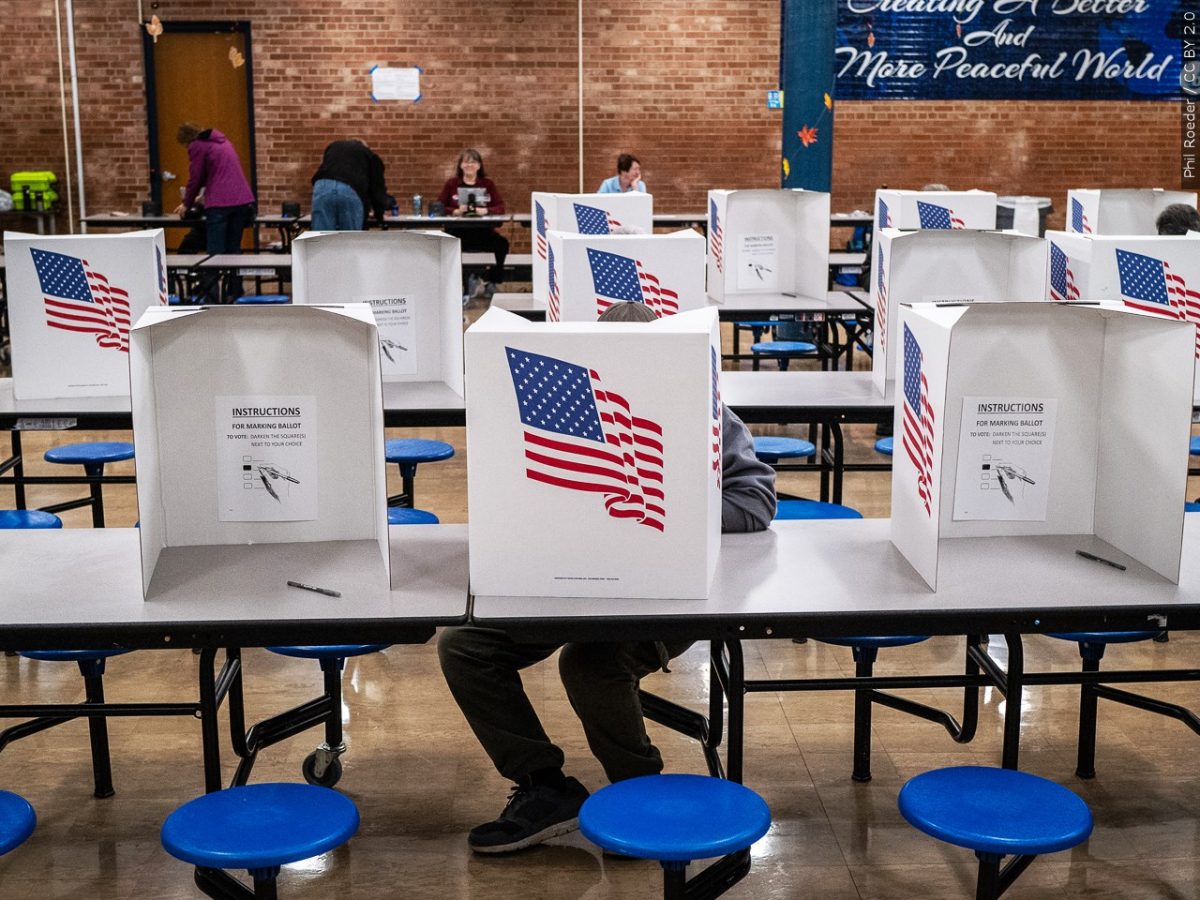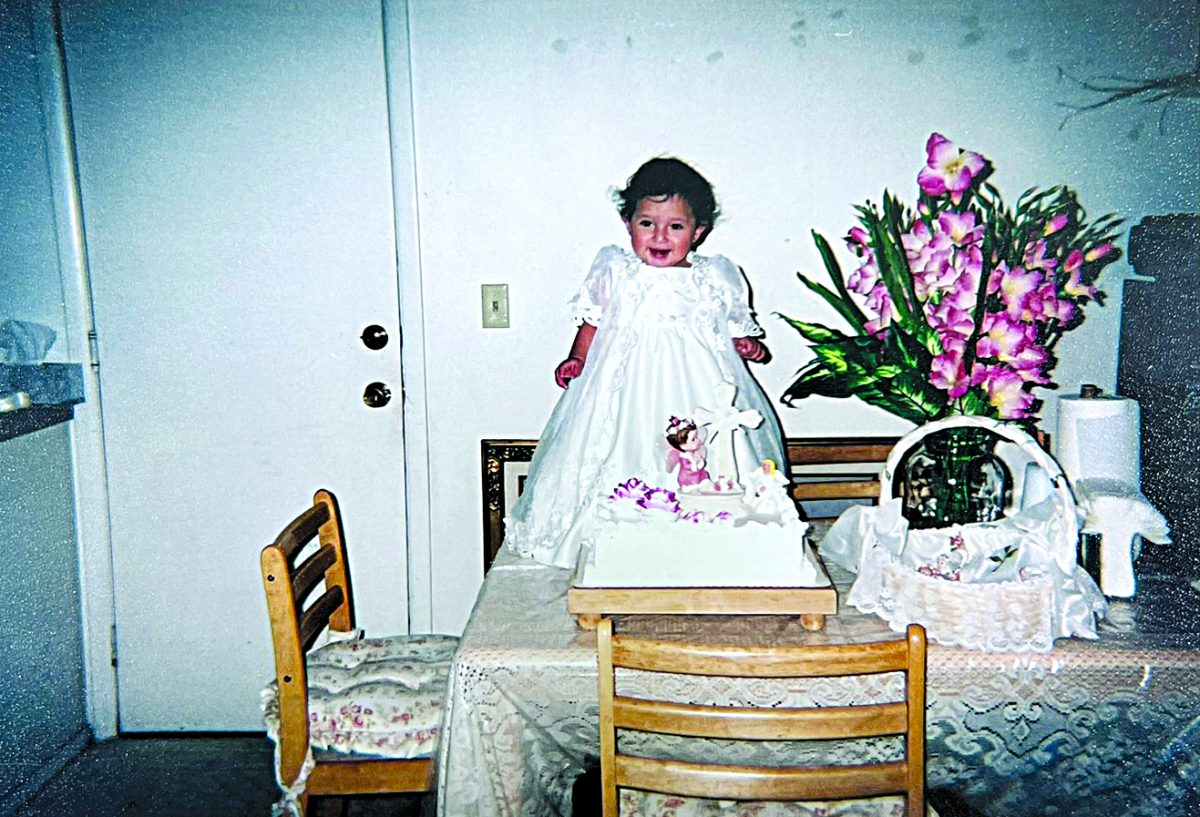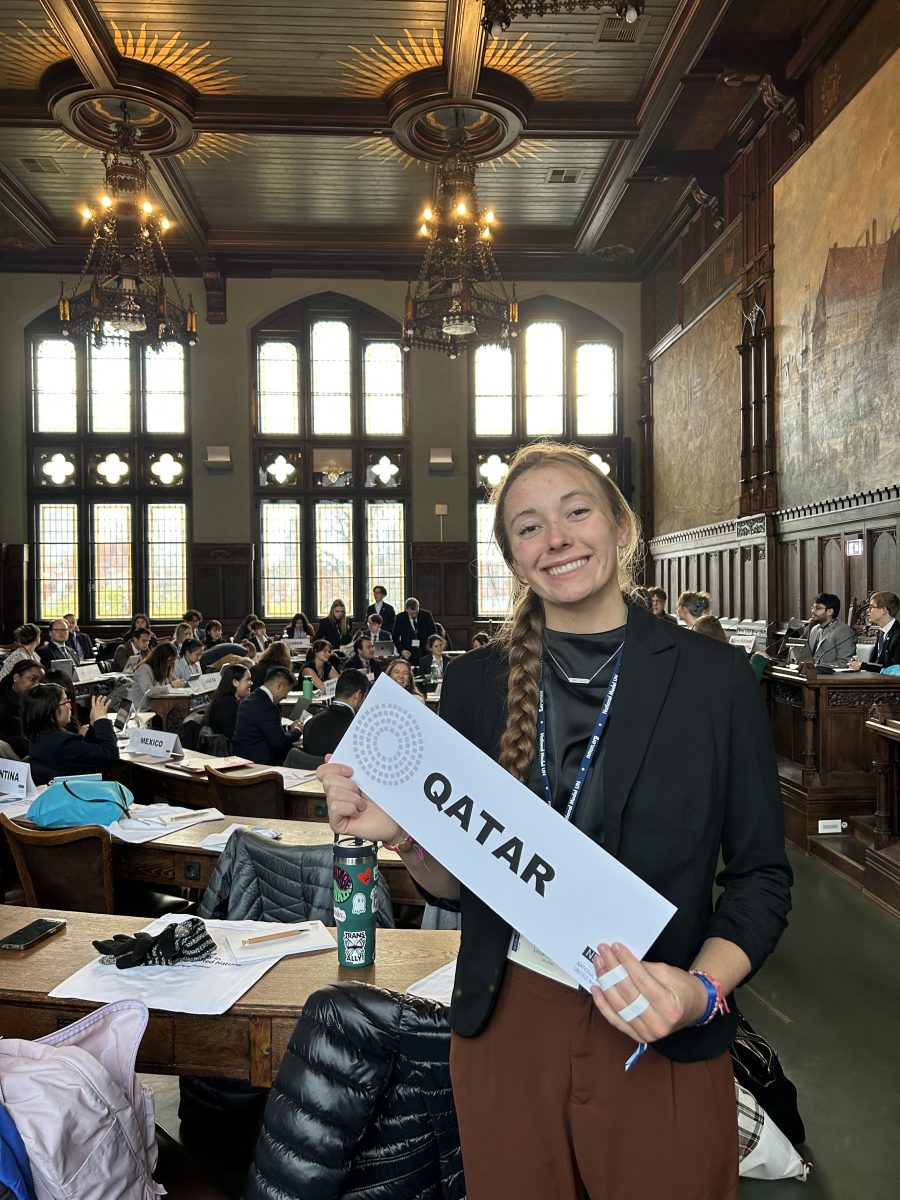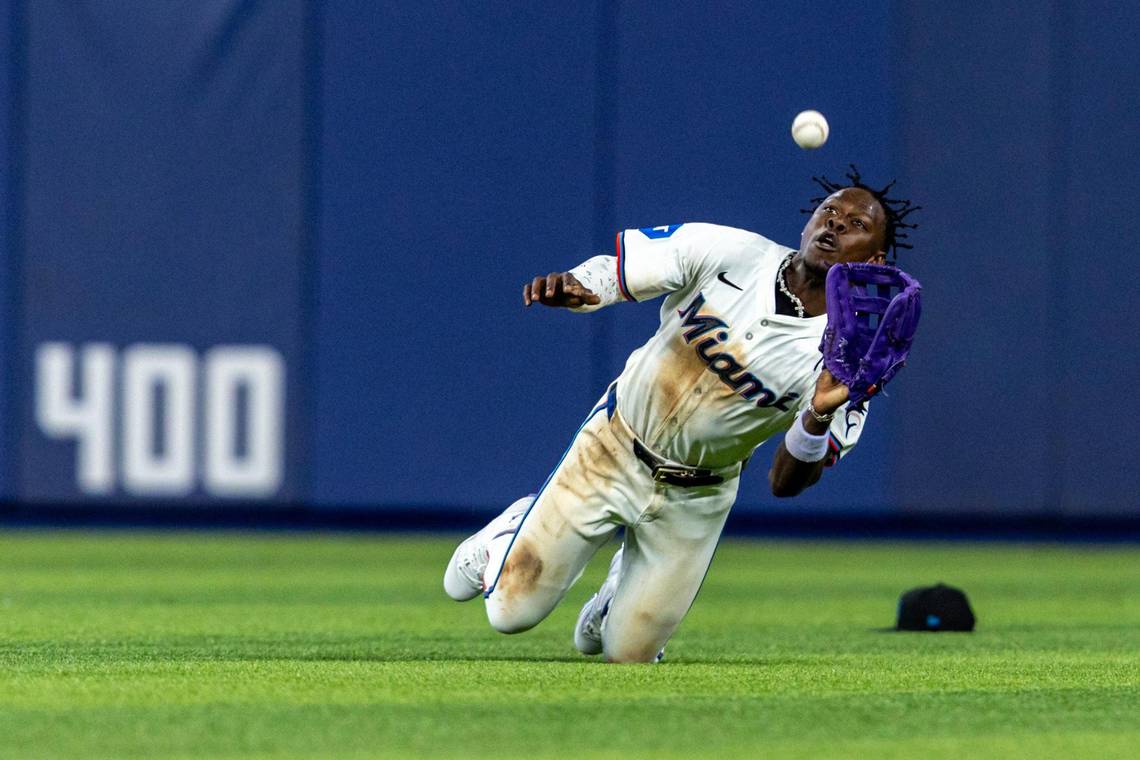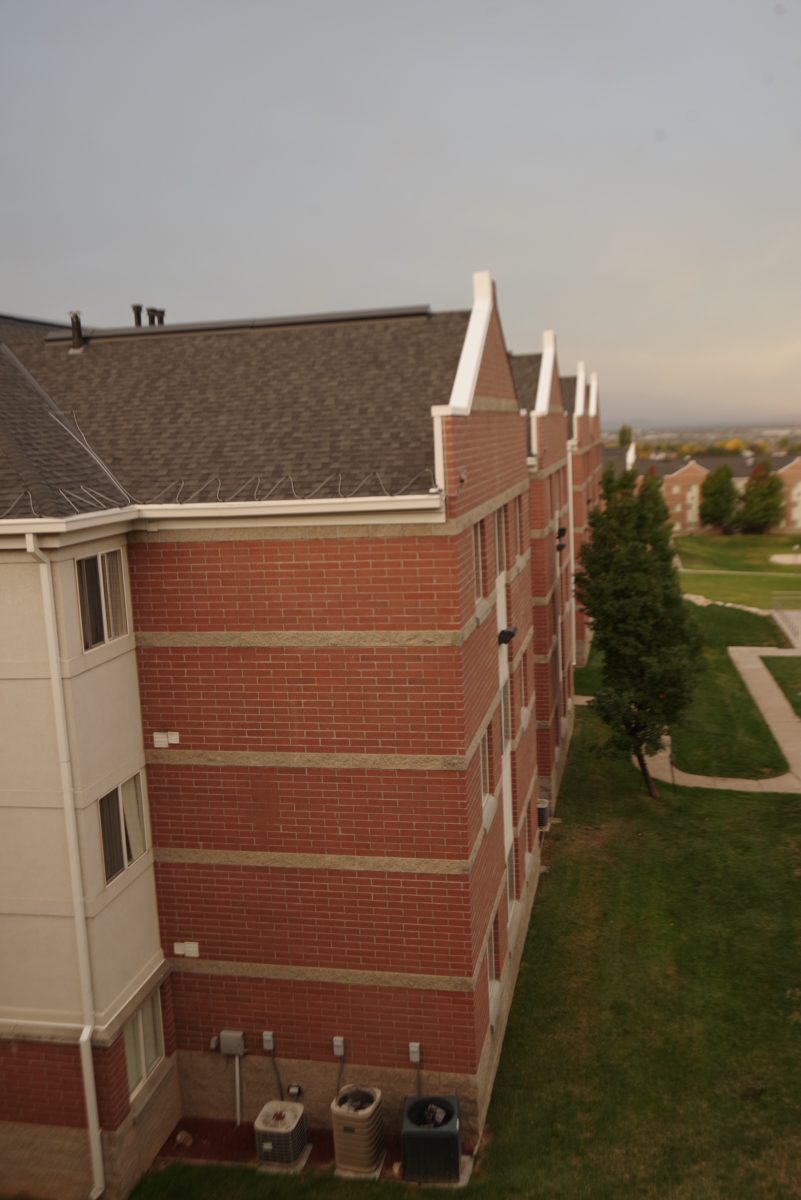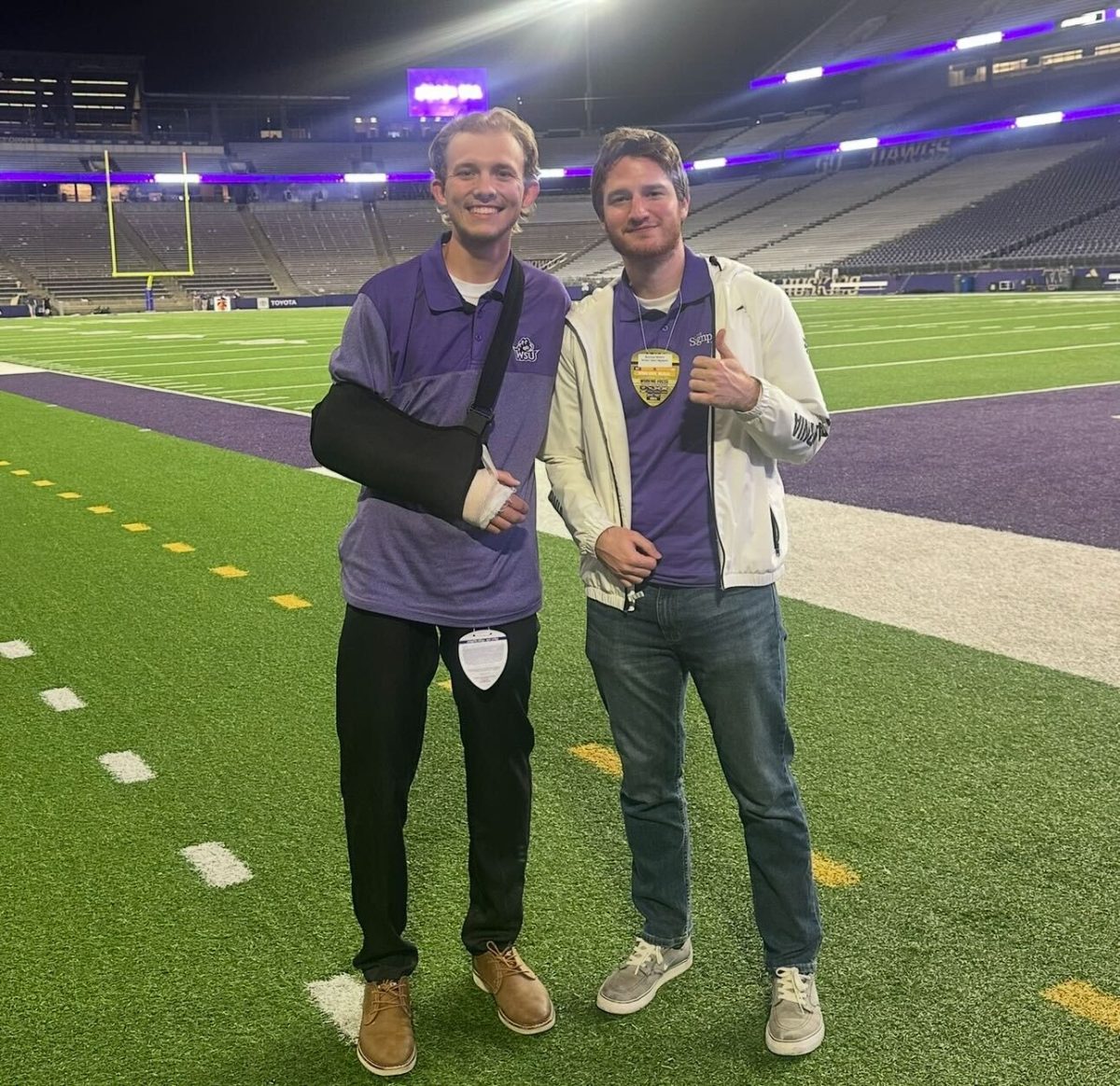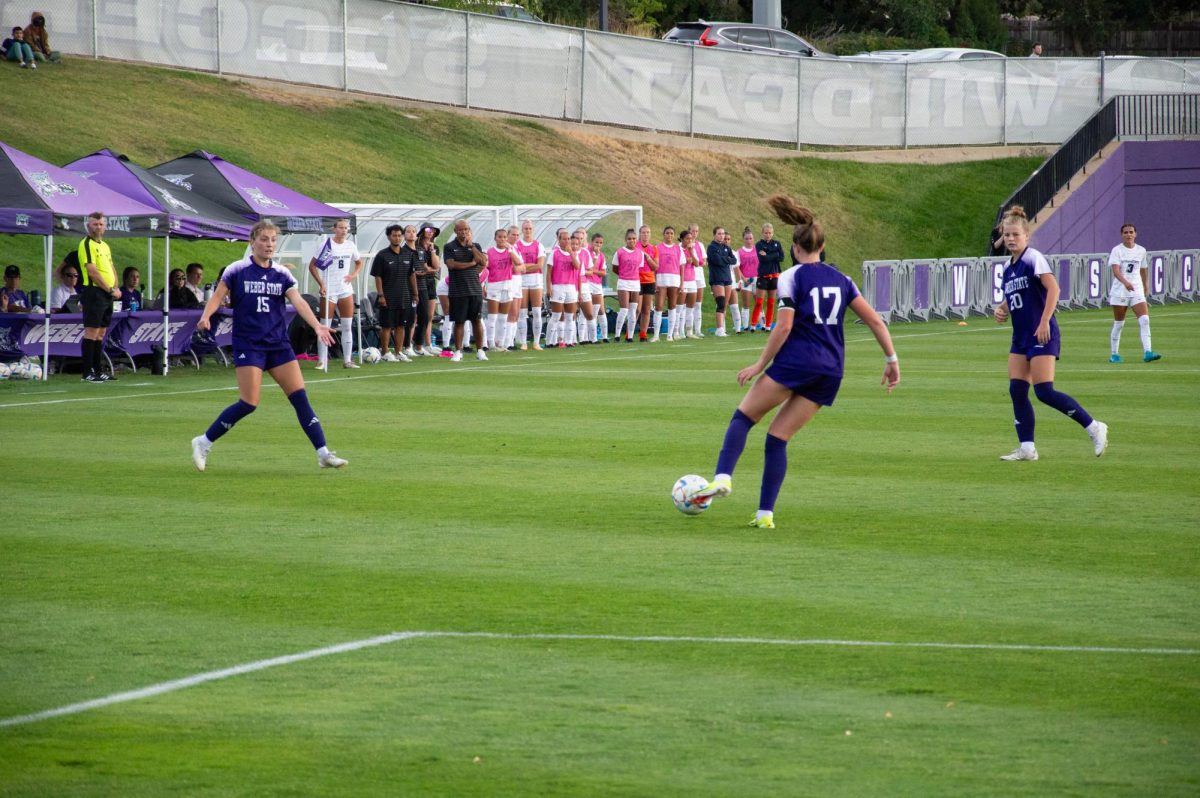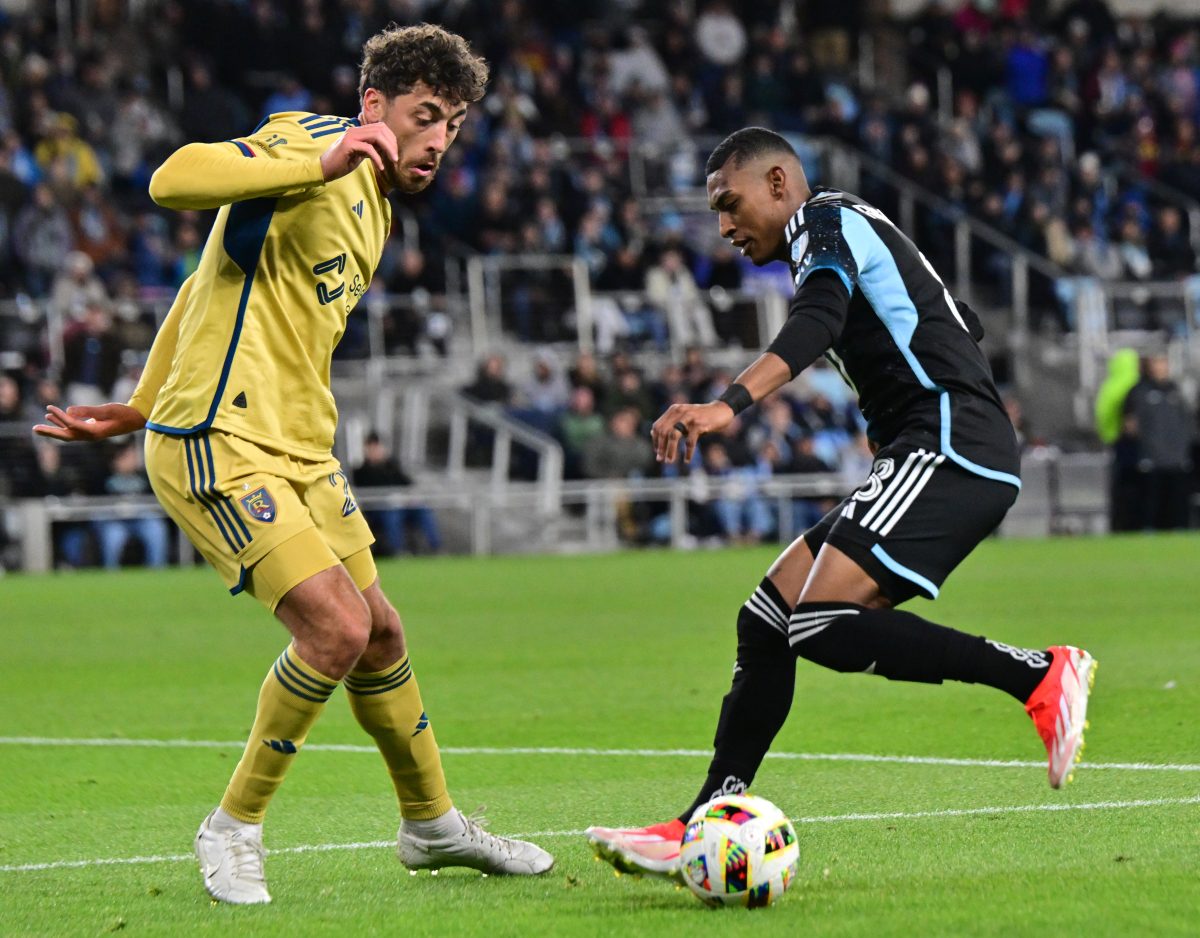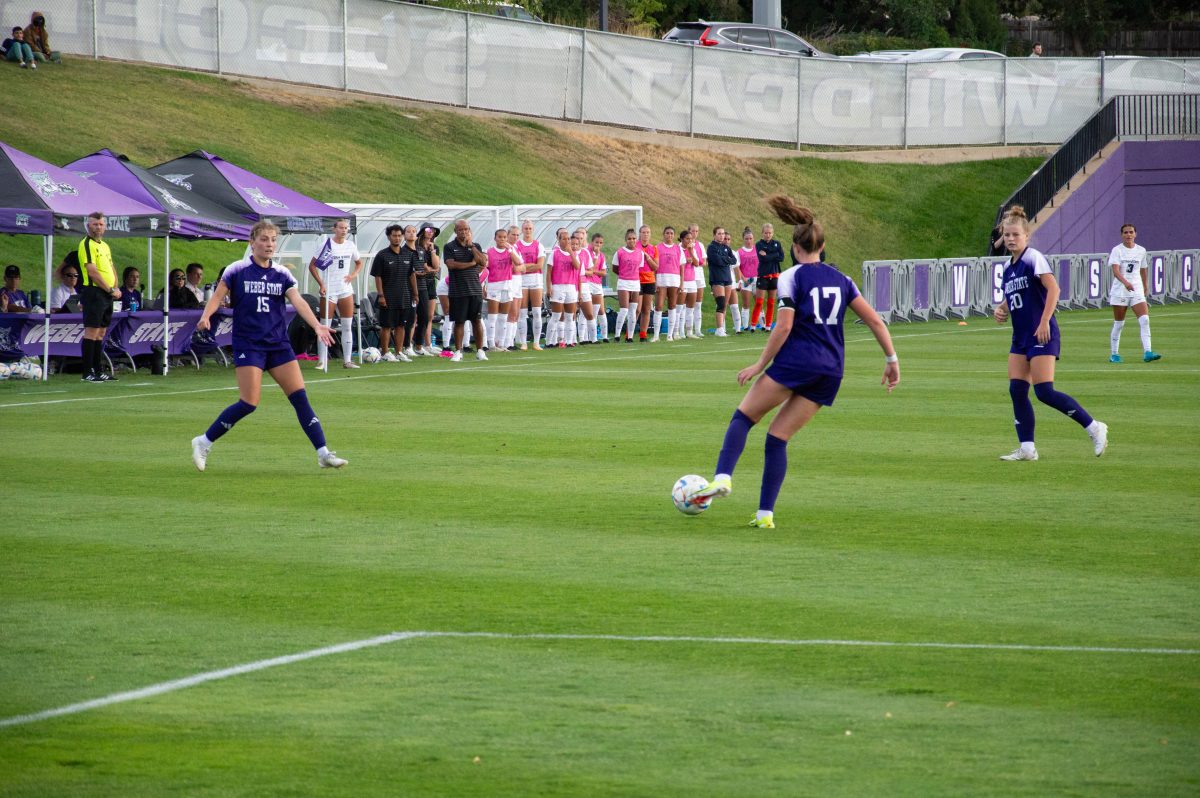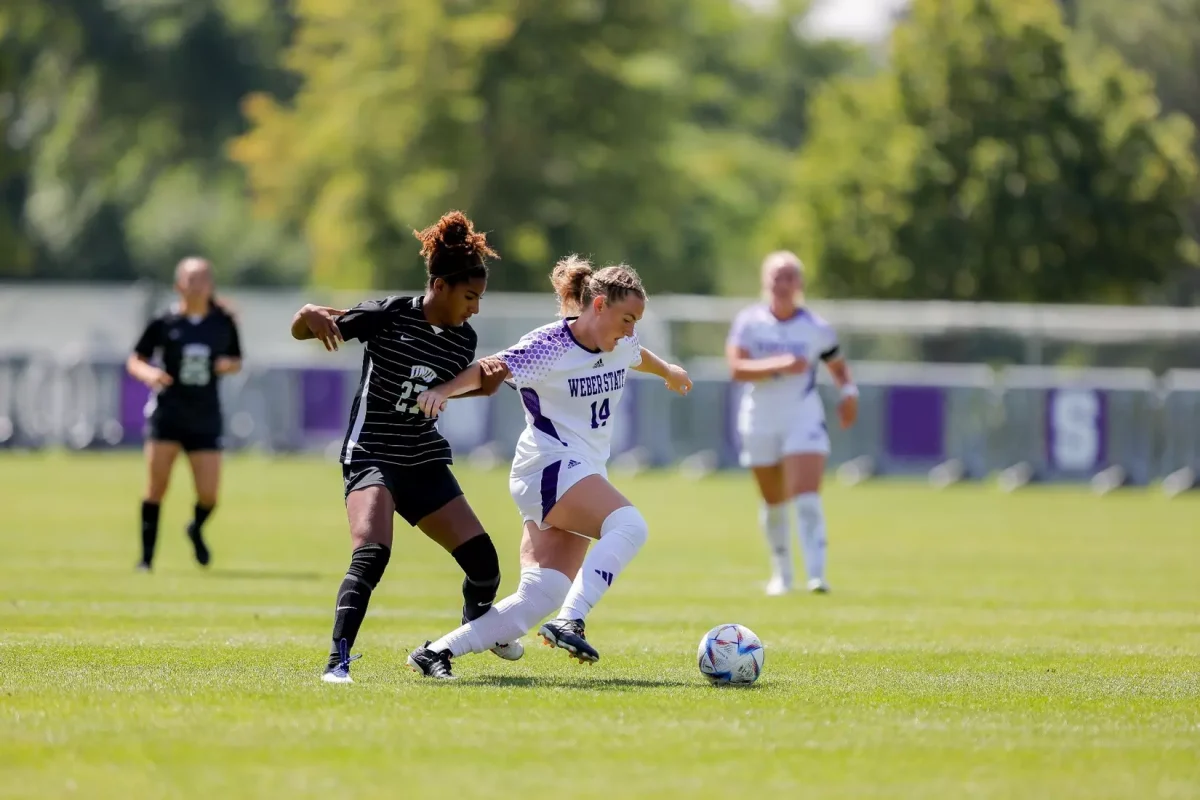Two weeks ago, I started my look at Real Salt Lake fans. Now I’m back to continue my look at how fan culture has developed in America — not just with RSL, but with soccer in general.
On Sunday night, there was a big display of what American soccer fans can do. It was the Cascadia Cup between two of the biggest MLS rivals, the Seattle Sounders and Portland Timbers. The game was in Seattle at the CenturyLink Field. It was sold out. Over 60,000 people showed up to watch the game.
RSL fan Dustin Chapman, who first became a fan of soccer while serving a mission for the Church of Jesus Christ of Latter-day Saints in Brazil, said the display of Portland and Seattle fans was impressive. Chapman said that, while he has seen the growth of the sport and atmosphere at matches, it isn’t to the level of Brazilian fandom yet.
“I saw a lot of guys going to games (in Brazil),” Chapman said. “We’re not quite up to the level of craziness as they are yet. . . . What happened last night in Seattle was impressive. That’s about as impressive as it gets.”
It isn’t just in the Pacific Northwest where soccer has begun to flourish. Attendance at games in the MLS is up in most stadiums across the country.
Jeffrey Shurtliff, another RSL fan, said one thing he’s noticed is the amount of fans who travel to away matches.
“I have seen the fanbase grow since becoming a fan of RSL,” Shurtliff said. “Every away game I have seen, there have been tons of RSL fans in the stadiums around the MLS venues. It truly amazes me.”
Chapman said that, before going to Brazil, he wasn’t a fan of soccer and maybe even teased soccer players in his school, but he said that, living in Brazil, liking soccer was almost a requirement. Chapman said when he came home, he watched the 2002 World Cup, and said he learned to like soccer, but at that point he wasn’t a die-hard fan.
“The turning point was going to the first Real Salt Lake game that they had at Rice-Eccles Stadium,” Chapman said. “I’d never really seen an atmosphere quite like that. It was the franchise’s first game, and just the reaction when the first goal was scored . . . that’s what made me a fan.”
Throughout writing this two-part column, one thing that was mentioned time and time again, no matter who I talked to, was that there seems to be more passion and excitement at soccer games than at other sporting events.
“I’ve been to BYU-Utah games,” Chapman said. “I’ve been to Jazz playoff games, but there is nothing like the crowd at a soccer game. RSL doesn’t have nearly as many fans as you’d see at Utah or BYU, but the noise, the passion, it’s just amazing.”
Shurtliff and Jake Simons, who was featured in Part 1 of this column, also commented about the passion that comes from attending games and celebrating goals with the crowd.
“We’re saying this is our home,” Simons said. “This is what you get for coming here. It’s an emotional rush to be a part of something that is bigger than you in a way. You’re 20,000 strong.”
As I have looked more and more into the culture of fans in the USA, one thing I’ve realized is MLS fan culture is thriving and growing. Chapman said that, for some reason, it’s taken longer for the culture of fans to develop and take off in Utah. He said that, over the past two years, things have grown more and more, and those who attend games are starting to learn how to be a soccer fan.
“We’ve kind of had a hard time figuring out how to be a fanbase,” he said. “We’ve never known how to chant. We never knew how to put things together. People were just too used to watching their kids on Saturday morning. That’s what they thought being a soccer fan was. It’s taken us a lot longer as a fan base to become a good soccer fan base, other than just having good crowds.”
While Chapman said it has taken longer for fan culture to develop, he agreed along with Simons and Shurtliff that things are developing now among fans, and there’s nothing like being at a home match at Rio Tinto Stadium.


